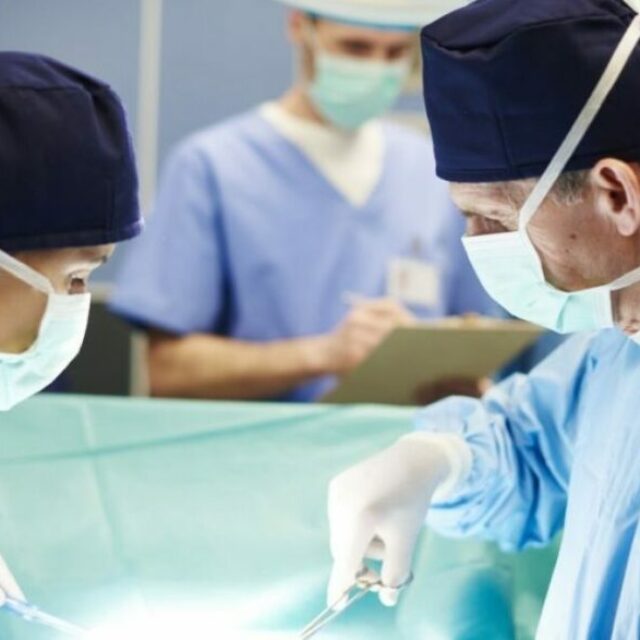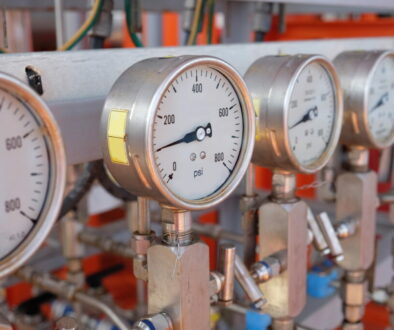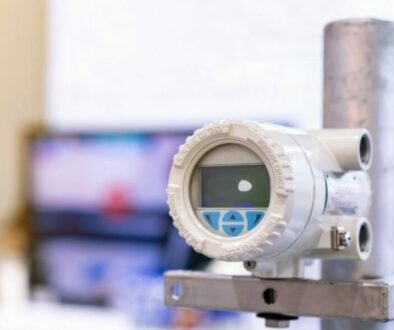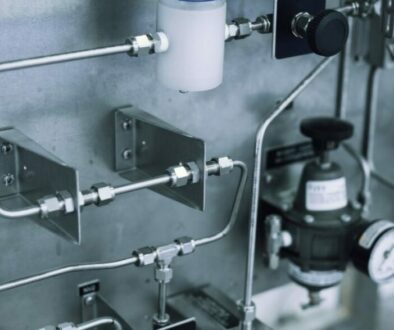Tips for Transporting Human Organs Safely
The proportional control valves made by Kelly Pneumatics are a vital part of the lifesaving organ transplant process. Our valves in the ventilators keep transplant patients alive during and after their surgery. The valves allow the ventilators to breathe for the patient and keep a steady flow of oxygen flowing in and out of them while they recover.
Organ transplantation is one of the greatest medical advances of the last 100 years. The ability to take a healthy donor organ and put it into a needy patient is truly amazing. It goes without saying that this medical procedure saves and prolongs thousands of lives. Unfortunately, transplanting organs is becoming a victim of its own success. The demands for organs surpass the supply, and the list of people waiting for a donation grows every day. Attempting to help those on waiting lists for years, international organ donation is on the rise. Transporting a human organ across town is difficult enough, and moving one thousands of miles over several hours is a daunting task.
Recovering Organs from a Donor
Once an organ donor is identified and close to passing, the clock to find a suitable recipient is underway. Depending on the donated organ, everyone only has so much time available before the organ expires. In the case of a heart, the doctors only have four hours before the heart must be surgically implanted, or else it will become unsuitable for transplant. While that search occurs, the donor organs are put on artificial support. Machines keep oxygenated blood flowing through the donor’s body to keep them alive. The medical staff and surgical team closely monitor each organ’s condition to make sure nothing happens to it. Once a needy recipient is found and located, a hospital staff member will arrange for the organ’s transportation. How the organ will travel depends on the distance between the two hospitals and how much time has passed. It can include a combination of ambulances, helicopters, airplanes, and just regular passenger cars. The situation will dictate how it travels, so hospitals must have a plan in place for every scenario.
Preparing the Organs for Transport
Prior to removing the donated organs, an ice-cold preservative solution is pumped into the organ. This solution starts the process of preserving the donated organs. Sterile ice is placed in the body cavities to aid in cooling. Once the organs are removed from the donor’s body, they’re packed in several layers of sterile containers and further cooled when these sterile containers are surrounded with an icy slush mixture. The goal is to keep the organs as cool as possible without freezing them. All organs except kidneys are stored and transported using simple hypothermia; in other words, they’re just kept cold in the preservative solution. Kidneys may be placed on a machine that continuously pumps preservation solution through them. Known as a pulsatile perfusion device, the machine may allow transplant surgeons to better assess the suitability of some questionably transplantable kidneys. A system that uses a chemical method of cooling is in development for the storage and transport of heart and heart-lung donor organs. This provides a precisely controlled environmental temperature without the use of ice, eliminating its problems of availability and potential contamination with pathogens. Until this system can be introduced in the field, hospitals must abide by the best ways to prepare organs for transplant.
The Mode of Transportation
How a donatable organ gets from point A to B depends on a few factors. The first one is where the recipient is at. The further away that point is, the less time the organ can spend in-transit. There is a finite amount of time that a human organ can survive outside the body, so time is always critical. In instances in which the two hospitals are nearby, within a hundred miles or so, then ground transportation is the best solution. The organ will go with a specialized courier into a car or van and drive across town. When the distance is greater, transportation companies will use aircraft to speed things along. Smaller “corporate” type jets, since they have the most speed, are used to cover the largest distance. But they have a limited range because ground transport is still necessary to get the organ from the airport to the hospital. The proximity of the airports to the hospitals is also a limiting factor. If they’re too far apart, then the time spent in the air is negated by ground transport. The most versatile and effective air transportation is the helicopter. It can take off from and land on the hospitals. Once on the ground, it doesn’t need to power down for recovery of the organ. Hospital staff can race out to the landing platform, retrieve the organ, and have it in the operating room in minutes. When time is critical, there is nothing better than the helicopter. Hospitals without helicopters and helipads should consider implementing them, as they will prove to be a valuable investment in the long run.
The Future of Organ Transportation
It seems odd that such a complicated and highly precise medical procedure like organ transplant is dependent on such an archaic process to work. Packing an organ in ice, putting it in cooler, and driving it across town is hardly impressive, but it’s still the best we have. Research teams continue to come up with better solutions to this problem. One team is looking at alternative cell and tissue cryopreservation techniques. Their motivations are based on proteins found in arctic fish that prevent them from freezing in polar waters. They are trying to use the fish DNA to control the growth of ice crystals once they form in an organ. If they can master this process, it will allow doctors to freeze and preserve donor organs until a recipient is found without damaging the organ. It will be possible to freeze an organ all the way through and store it for future use or transported across the country and around the world whenever they are needed.




